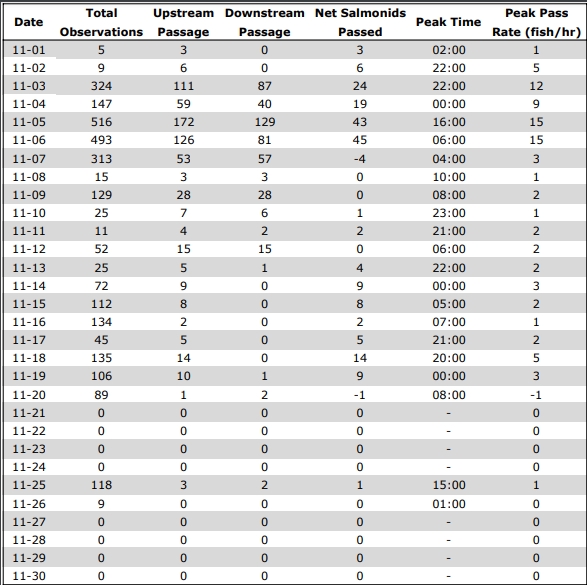Grand River Smallmouth Bass
Abstract
Mobility of tournament-caught and released smallmouth bass (Micropterus dolomieu) was monitored in the Grand River, Ontario, between 1995 and 1999 using radiotelemetry and mark–recapture. Smallmouth bass (n = 18, size range 313–486 mm TL) captured and radiotagged following the tournament remained in the immediate release vicinity for extended periods (mean 54 days, median 30 days). Four fish released at the site of original capture generally remained sedentary for the duration of the study (i.e., 11 months). Five of fourteen of displaced smallmouth bass with radio tags returned to their original site of capture and one bass with an external numbered plastic tag returned over a distance of 26 km. Smallmouth bass moved upstream and downstream to overwintering areas, characterized as low velocity pools, where numerous fish aggregated. Anglers recaptured twelve percent, or 13 of 108 externally tagged smallmouth bass. Maximum distance between release and recapture was 84 km for externally tagged fish. Over half of recaptured fish were caught at the release site, and most were recaptured within one week of release. Organizers of competitive angling events in river systems should consider releasing fish near sites of original capture or in areas that are not readily accessible to minimize angling vulnerability immediately after tournaments
Abstract
Data from Grand River Bass Derbies (1988 - 1997) documents trends in relative abundance and provides information on vital statistics of smallmouth bass (Micropterus dolomieu) in the recreational fishery on the Grand River, Ontario. The length-weight relationship for all fish entered in the derby was described as weight (g) = (2 x 10-5) x total length (mm)2.95. A significant declining trend in mean length existed for the 10 longest fish entered in the derby each year over the 10 year period (r 2 = 0.071, p < 0.05). Relative weights observed were consistently below the length specific standard of 100, similar to other riverine smallmouth bass populations. Age and growth rates were similar to other northern riverine smallmouth bass populations, and the oldest fish observed was 16+ (441 mm TL). Trends in the middle Grand River Catch Per Unit Effort (CPUE) data suggest that the relative abundance of smallmouth bass has decreased significantly since 1988 (r2 = 0.552, p < 0.05), although the 10-year derby CPUE (0.36) is similar to CPUE from other riverine populations. The derby data suggest that the population size and structure require further investigations to determine exactly where problems and management opportunities exist.



